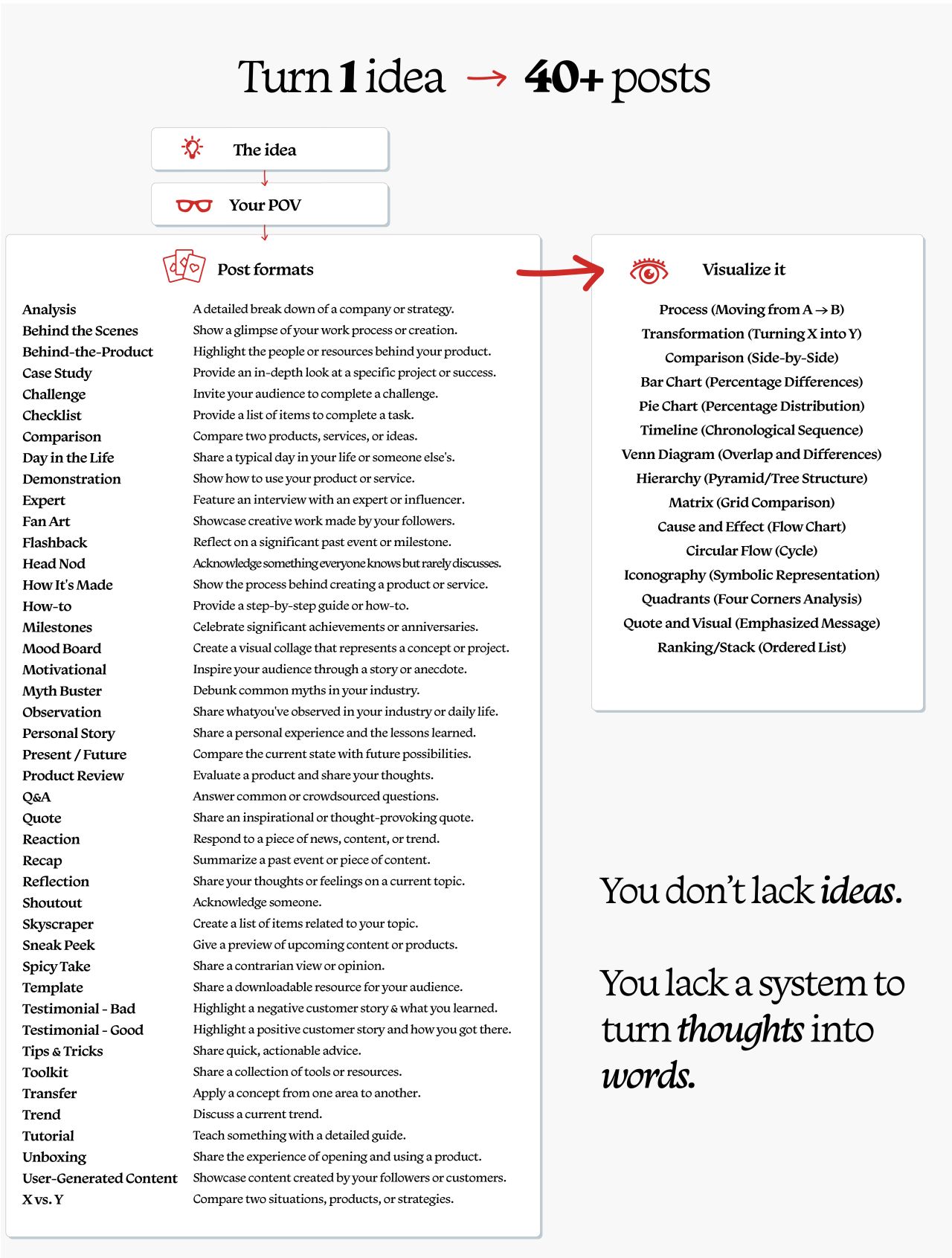Welcome to the ‘Slow Content Movement’
‘When marketing budgets are tight or teams are small, leaders have a unique opportunity to pare away the fluff, say “no” to activity that doesn’t add value, and recenter on the fundamentals. One of the primary areas where leaders can reduce input (time, labor, cost) while maximizing output (deliverables, brand awareness, leads) is content. So many excellent, impactful pieces of content are created for campaigns, promoted a few times, and then forgotten.
Chances are, you could significantly slow net-new content creation today and still have enough existing pieces to fuel your marketing efforts for the next year. In this blog post, we’ll show you how to join what some marketing experts are calling the ‘Slow Content Movement.’
Catalog and Organize Existing Content
Before you can make the most of existing content, you need to know exactly what you’re working with. Using an Excel file (or any other tool you’d like), record each piece of external-facing content, including blog posts, industry articles, white papers, ebooks, videos, infographics, tip sheets, pitch decks, and case studies. Make sure to gather internal resources too, as items like competitor analyses or product positioning documents can provide great inspiration.
For each item you identify, record its:
- Type
- Location (e.g., link)
- Audience
- Primary topic(s)
- Promotion metrics (e.g., LinkedIn likes, email clicks, webpage view time, ad conversions, form fills)
This process can be tedious, but it pays dividends when you have all your content in place to utilize.
Archive Pieces that no Longer Align with the Company or its Offerings
Most content can be retooled or revised to fit in new contexts, but not always. If the cataloging process surfaces external content pieces that are no longer aligned with the company’s mission or vision, promote outdated solutions or services, or discuss topics that are no longer relevant to the industry, don’t hesitate to retire them. You want to make sure that your messaging is consistent and congruent with the times.
Identify Highest-Impact Pieces
Take a deeper dive into content outcomes to assess which pieces have the most impact by platform, audience, topic, or any other meaningful differentiating factor. Getting this specific and nuanced can give you a new perspective on what’s working and—more importantly—why. For instance, while an infographic explaining the different types of Medicare might get a lot of traffic on Instagram, that engagement is likely not coming from the informed healthcare leaders and decision-makers who make up your target audience. When budgets are tight and teams are small, you need to prioritize augmenting and promoting content that is effective in who it reaches as well as what it conveys.
Update and go (ever)Green
For high-impact pieces, it will likely be worth your effort to revisit the information contained in detail and make any necessary updates. For pieces that hold value but have not gained as much engagement, however, we recommend you “go evergreen.” This simply means removing language that limits the longevity of the piece. For example, you may have initially titled a blog post “How to Get Better Healthcare Industry Placements in 2025,” to optimize SEO, but just 12 months later that title will make the article seem outdated and irrelevant, even though it is still chock-full of great tips and tricks. Change the title to “What you Need to Know: Securing a Healthcare Industry Article Placement,” and you have an evergreen piece that can be reused and re-promoted for years to come.
Use a “Hub and Spoke” Model to Repurpose Content
B2B content marketing expert Catherine M. McNally explains the hub and spoke model the following way:
“A hub and spoke strategy revolves around the creation of a content hub and several spokes. Imagine it like a bicycle wheel: the hub is the center of the wheel and the spokes all branch out of it. ”
McNally defines each part of the model:
Content Hub: Your content hub, or pillar content, is your main piece. Here you’ll discuss all aspects of your topic, but at a high level. Don’t worry about getting into the nitty-gritty details here. Instead of covering specifics, you’ll link from your hub to your spokes — the smaller, supporting pieces that cover different parts of your topic in depth.
Spokes: Spokes, or topic clusters, are the supporting pieces that branch out from your content hub. Each spoke should answer one specific question related to the main topic you covered in the hub. If you find yourself going off on a tangent or getting into secondary questions, break those out into a second piece. Last but not least, each spoke should link back to the hub it supports.
Place your updated, high-impact piece at the hub and use your existing, related content to fill in the spokes. If you find you are missing an important angle, audience, or approach, think about how you can used your existing resources to fill that gap. This might mean presenting the same information in new formats (e.g., use existing ebook content to create videos or LinkedIn articles) or telling the same story from a different perspective (e.g., re-tell a case study to highlight operational wins rather than financial).
If you’re looking for more inspiration, check out this excellent post & accompanying guide (below) from B2B content marketing strategist Tobias Liebsch.
Creator/Source: Tobias Liebsch
Strategically Produce new Content Pieces
Generating new life from old content can get you far, but sometimes net-new pieces are the right move. You may need to create new content if you:
- Have not published thought leadership on relevant industry topics (think: AI, health equity)
- Are expanding into new areas of the healthcare business
- Need or want to share perspectives or expertise on relevant current events (think: regulations/legislation, social issues, etc.)
As an example of the final bullet point, Slabtown wrote and published a new blog post, “Top 9 Best Practices for Communications in Turbulent Times: Tips for Crisis Communications in Healthcare,” immediately after the major Change Healthcare breach in early 2024. Unsurprisingly, it ended up being one of our top performing pieces of content for that year – across all platforms!
Moving forward, when you build content from scratch be sure to proactively set up the hub and spoke model. Approaching content creation this way allows you to get the most ROI from the jump. You can also use lessons learned from cataloging exercise to more strategically tailor new content to certain platforms or audiences.
Still Searching for the Right Content Strategy?
While these six outlined steps can help most healthcare marketing teams achieve greater impact with limited resources, B2B content marketing is not one-size-fits-all. If you’re still looking for an approach that works well for your organization, it might be time to consult a B2B healthcare marketing expert.





